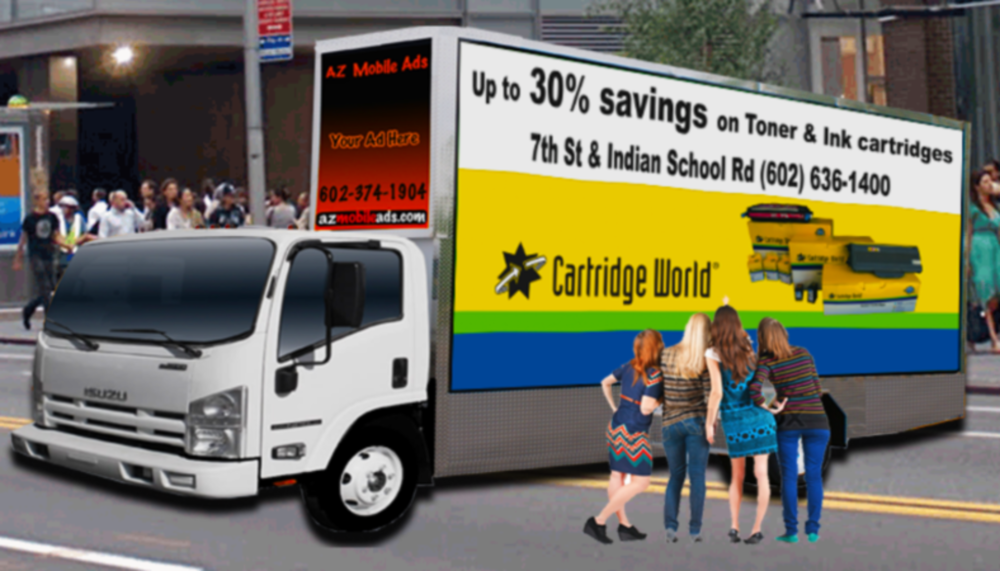Surely you’ve seen those dog rescue ads on TV with the mangy Shih Tzus and the war-scarred pit bulls peering longingly out of crates with faces sadder than giftless children on Christmas morning. The spots seem to go on interminably, and even though you have a house full of kids and cats and gerbils and Labrador Retrievers, those pitiful canine eyes beseech you to run out and rescue a pooch while scouring your contact list for someone who might put you in touch with a hit man to visit the last owners of those dogs.
In my world, the entity longingly and interminably asking to be rescued is the U.S. Postal Service, and the Post Office’s beat-up pit bull in the crate is the U.S. mail truck. Everyone from the Postmaster General to the COO to the Senators looking to provide USPS with legislative relief use the rickety mail truck as the poster boy for pity. Whenever people aren’t fully appreciating their plight, they point to the truck fleet and wail: “They cost a billion bucks a year to maintain.” “The truck that delivered your new Samsung Galaxy phone was the very same truck that delivered grandma her Atwater-Kent radio set in 1927.” “It’s gonna cost us $6 billion to replace them and we’re already into the Treasury for $15 billion.”
But it doesn’t have to cost you $6 billion to replace the fleet, Mr. PMG. I have a plan: Stop thinking about trucks as mail delivery vehicles and start thinking about them as media vehicles!
Back in the 1980s, trucks began showing up in the streets of New York City delivering nothing but ad messages. I thought them a curiosity at the time, but the practice has grown into an industry, with some trucks towing skinny little trailers just wide enough to hold a billboard and nothing else. In big cities, there’s big traffic and big numbers of people stuck in or walking by the traffic that are known in the marketing game as “impressions.” Mail trucks are big, square, flat surfaces. Keep the little USPS logo on them, of course, but surrounding those is a lot of white space that marketers would pay good money to fill with their messages.
According to the Transportation Advertising Council of America, “transit advertising” has a 97% recall rate. Ads in transit generate 2.5 times more attention than static billboards, says Perception Research Services, and the Census Bureau reports that 96% of American workers commute to their jobs.
Most transit advertising companies have to fulfill their media plans with logistical analyses that ensure their client’s messages are motoring around the right neighborhoods, the ones where their target customers live. The U.S. Postal Service need not trouble itself with such trifles. Their trucks are always in the right place because they’re everyplace! USPS already owns the billboard “real estate,” as it were, because they own the doors of every address in the country. All the Postal Service has to do is get new and better billboards. (Trucks, that is.)
Here’s what I’d do to jump-start the program. Send RFPs to all the major truck manufacturers, asking them to design the U.S. Mail truck of the 21st Century. But instead of paying the winning bidder with cash money, currently in short supply at the Post Office, you pay them with free designated market area media. If Ford wins, it can use its truck space to crow that it built the vehicle on which the world’s largest delivery fleet is based, or it can choose to promote the new F150 or Mustang. When you begin selling truck panels to the nation’s leading advertisers, Ford gets orders for tens of thousands of new vehicles. I would be very surprised, Mr. PMG, if you couldn’t score at least 10,000 free trucks this way.
You pay big bucks to Interpublic to handle your media, right? Instead of having them just buy your media, why not put them to work selling some for you? Call them tomorrow and ask them to start working up a media kit. Let’s release the U.S. Mail truck from its pathetic role as a dying dog. Give it a new script and take it on the road!








